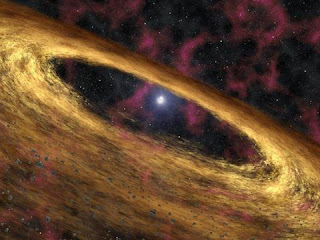
NASA has given seven different private space firms contracts worth a combined $10 million, signaling the growing importance of private firms capable of supporting NASA's efforts in the post-shuttle era
Each of the seven companies will receive two-year contracts to transport unspecified payloads into sub-orbit, saying only that the materials aboard the reusable capsules would address "the agency [NASA]'s research and technology needs." The move is the latest instance of NASA nurturing the burgeoning private space industry, recognizing that the government may increasingly rely upon private contractors.
"Through this catalog approach, NASA is moving toward the goal of making frequent, low-cost access to near-space available to a wide range of engineers, scientists and technologists," NASA Chief Technologist Bobby Braun said in a statement. "The government's ability to open the suborbital research frontier to a broad community of innovators will enable maturation of the new technologies and capabilities needed for NASA's future missions in space."
Read More
Each of the seven companies will receive two-year contracts to transport unspecified payloads into sub-orbit, saying only that the materials aboard the reusable capsules would address "the agency [NASA]'s research and technology needs." The move is the latest instance of NASA nurturing the burgeoning private space industry, recognizing that the government may increasingly rely upon private contractors.
"Through this catalog approach, NASA is moving toward the goal of making frequent, low-cost access to near-space available to a wide range of engineers, scientists and technologists," NASA Chief Technologist Bobby Braun said in a statement. "The government's ability to open the suborbital research frontier to a broad community of innovators will enable maturation of the new technologies and capabilities needed for NASA's future missions in space."
Read More



